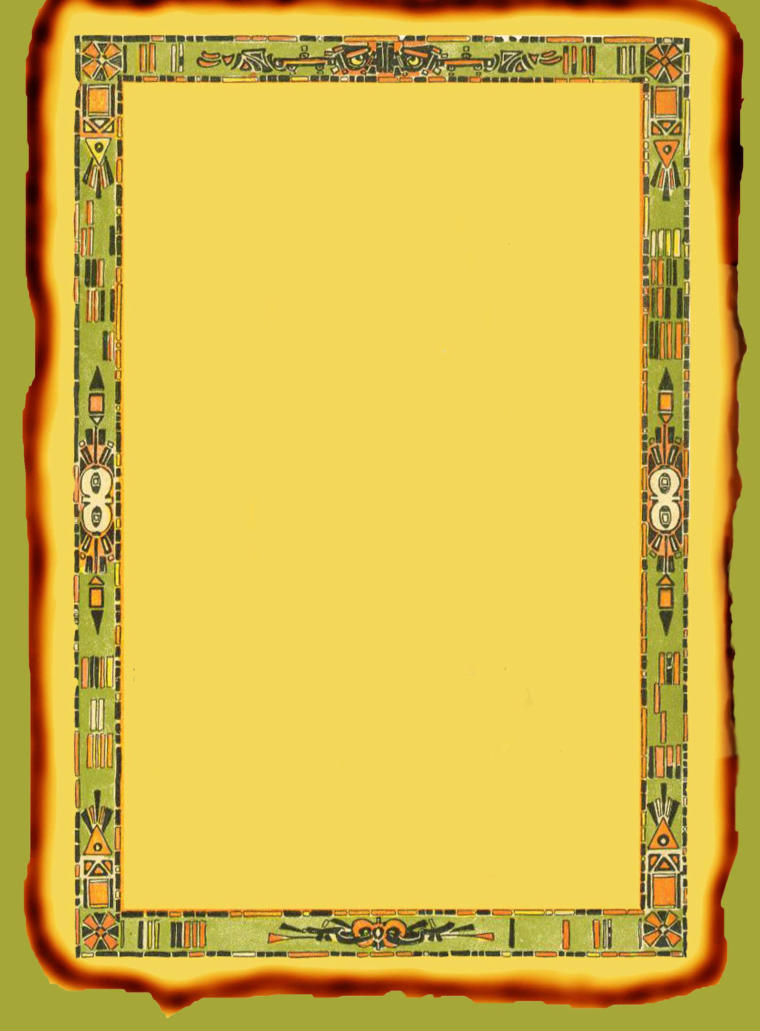

Native American Jewelry and Southwestern Gifts

Timeless Treasures
in an atmosphere
where the past lives on…
Barrio De Analco Historic District
The National Historic Landmark Barrio De Analco Historic District in Santa Fe, New
Mexico is one of the oldest residential neighborhoods of European origin in the
United States. Originally settled in 1620 by the Spanish, Barrio (or District) de
Analco suffered major destruction during the 1680 Great Pueblo Revolt. The
Spanish rebuilt Analco beginning in 1692 during their recolonization of New Mexico.
The buildings of Analco are in the Spanish Pueblo and Territorial styles that reflect
the merger of Spanish, Indian and eventually American building techniques. In the
seven adobe brick buildings that make up the Barrio de Analco Historic District
visitors can see how working-class Spanish colonists, Tlaxcalan Indians and other
American Indians lived in Santa Fe during the late 17th and early 18th centuries.
The Spanish first settled Santa Fe during the winter of 1609-1610 as they sought to
“civilize” the North American continent and to expand their New World empire.
Mirroring other Spanish colonial settlements of the era, the colony in Santa Fe was a
defensible fort and village set around a central plaza. Also featured in this itinerary,
the Santa Fe Plaza became the commercial, social and political center of the
community. Fearing attacks from the local Pueblo Indians, many high-ranking
Spanish officials and citizens built their homes around the plaza because it was a
central defendable area.
As Santa Fe prospered, the original settlement expanded to include growing
neighborhoods on the opposite side of the Santa Fe River from the plaza. By 1620,
the newly constructed Chapel of San Miguel was in place and a suburb, the Barrio
de Analco, began to grow. The Tlaxcalan Indian word, “Analco,” means “the other
side of the river,” which distinguished this barrio from the neighborhood on the plaza
side of the Santa Fe River where government officials and other prominent citizens
resided and attended mass. The Chapel of San Miguel provided laborers, artisans
and Tlaxcalan Indian servants with a place to worship in the growing suburb.
Oldest House
Circa 1646
Barrio De Analco Historic District
215 E. De Vargas St.
Santa Fe. NM 87501
505-988-2488
inquiry@oldesthousesantafe.com
Open 10:00 am - 5:00 pm Mon. - Sat.
Sunday 11:00 am - 5:00 pm
Closed Easter, Thanksgiving and Christmas


Native American Jewelry and Southwestern Gifts
Timeless Treasures
in an atmosphere
where the past lives on…
Copyright Oldest House Santa Fe 2016

Bario De Analco Historic District
The
National
Historic
Landmark
Barrio
De
Analco
Historic
District
in
Santa
Fe,
New
Mexico
is
one
of
the
oldest
residential
neighborhoods
of
European
origin
in
the
United
States.
Originally
settled
in
1620
by
the
Spanish,
Barrio
(or
District)
de
Analco
suffered
major
destruction
during
the
1680
Great
Pueblo
Revolt.
The
Spanish
rebuilt
Analco
beginning
in
1692
during
their
recolonization
of
New
Mexico.
The
buildings
of
Analco
are
in
the
Spanish
Pueblo
and
Territorial
styles
that
reflect
the
merger
of
Spanish,
Indian
and
eventually
American
building
techniques.
In
the
seven
adobe
brick
buildings
that
make
up
the
Barrio
de
analco
Historic
District
visitors
can
see
how
working-class
Spanish
colonists,
Tlaxcalan
Indians
and
other
American
Indians lived in Santa Fe during the late 17th and early 18th centuries.
The
Spanish
first
settled
Santa
Fe
during
the
winter
of
1609-1610
as
they
sought
to
“civilize”
the
North
American
continent
and
to
expand
their
New
World
empire.
Mirroring
other
Spanish
colonial
settlements
of
the
era,
the
colony
in
Santa
Fe
was
a
defensible
fort
and
village
set
around
a
central
plaza.
Also
featured
in
this
itinerary,
the
Santa
Fe
Plaza
became
the
commercial,
social,
and
political
center
of
the
community.
Fearing
attacks
from
the
local
Pueblo
Indians,
many
high-ranking
Spanish
officials
and
citizens
built
their
homes
around
the
plaza
because
it
was
a
central
defendable area.
As
Santa
Fe
prospered,
the
original
settlement
expanded
to
include
growing
neighborhoods
on
the
opposite
side
of
the
Santa
Fe
River
from
the
plaza.
By
1620,
the
newly
constructed
Chapel
of
San
Miguel
was
in
place
and
a
suburb,
the
Barrio
de
Analco,
began
to
grow.
The
Tlaxcalan
Indian
word,
“Analco,”
means
“the
other
side
of
the
river,”
which
distinguished
this
barrio
from
the
neighborhood
on
the
plaza
side
of
the
Santa
Fe
River
where
government
officials
and
other
prominent
citizens
resided
and
attended
mass.
The
Chapel
of
San
Miguel
provided
laborers,
artisans
and
Tlaxcalan
Indian
servants
with
a place to worship in the growing suburb.
Oldest House
Circa 1646
Barrio De Analco Historic District
215 E. De Vargas St.
Santa Fe. NM 87501
505-988-2488
inquiry@oldesthousesantafe.com
Open 10:00 am - 5:00 pm Mon. - Sat.
Sunday 11:00 am - 5:00 pm
Closed Easter, Thanksgiving and
Christmas





